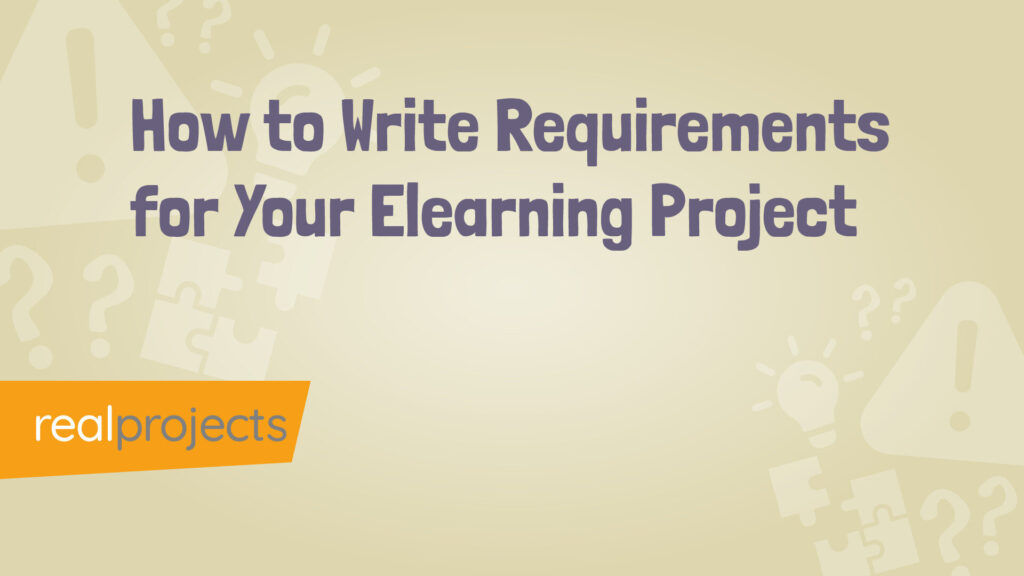Elearning is constantly developing. Post on Linkedin and you’ll find practitioners who can share experiences of working with laser discs and then CD-ROMs.
Designers and developers worked with restricted filesizes and emerging digital technologies, trying to get their ideas and projects to fit within physical media – CD-Rom allowed 650mb. If you were delivering a double format CD-Rom Mac/Pc you had to get everything to fit!
Scott Hewitt from Real Projects recalls “I’d worked on educational elearning projects where we delivered triple platform CD-Rom projects where we delivered content for Acorn, PC and Mac on the same CD-Rom. Developers had to work out had to get everything to fit on the CD-Rom – the content and the software!”
Elearning has now moved and thrives in a digital-first world where learning happens on smartphones, tablets, and beyond.
But what exactly is elearning, and how can it be delivered to maximise its impact?
The Evolution of elearning
Essentially elearning refers to any educational content delivered digitally.
When developers were dealing with massive laser discs and CD-ROMs that required desktop computers to run.
Then came the internet, transforming how we accessed and delivered training.
From PC-based systems to today’s smartphones and tablets, elearning has expanded to meet the needs of diverse audiences. The internet has also massively changed how we can deploy content in terms of speed and geography. We no longer have to wait for physical media to be printed and if we need to make a change we can do it immediately.
Here’s why elearning has become a dominant force:
- Market Value: The global elearning market was valued at $315 billion in 2021 and is expected to grow at a CAGR of 15% from 2023 to 2030. (Source: Grand View Research)
- Corporate Adoption: 77% of U.S. companies use elearning for training purposes. (Source: elearning Industry)
- Retention Rates: elearning increases retention rates by 25%-60% compared to traditional learning methods. (Source: SH!FT elearning)
- Cost Savings: Companies save 50%-70% on training costs by switching to elearning. (Source: IBM)
- Accessibility: elearning allows 24/7 access, with 58% of employees preferring self-paced learning. (Source: Brandon Hall Group)
And it’s not just confined to offices or schools. Touchscreens in museums, kiosks in shopping centres, and interactive displays in visitor centres—all of these count as elearning content. It’s no longer just about employee onboarding or compliance training; it’s a global, multi-industry tool.
Where and How elearning Is Delivered
Elearning content can take many forms, from structured courses to unstructured, self-directed materials. Here are some delivery contexts:
- Employee Training: Onboarding, compliance, and skill development.
- Compliance Training: Meeting regulatory requirements efficiently.
- Education: Schools, universities, and community learning.
- Museums and Visitor Centres: Interactive pods and touchscreens that enrich visitor experiences.
Delivery methods are equally varied:
- Learning Management Systems (LMS) or Learning Experience Platforms (LXP): Hosting and tracking learning modules using SCORM or xAPI.
- Standalone Devices: Touchscreens, tablets, and kiosks for specific environments.
- Webinars and Videos: Live or pre-recorded sessions, product demos, or even AI-generated videos.
Scott Hewitt reflects, “It doesn’t need to be complex. Some of the best elearning projects I’ve seen and worked on have been the most simple. The key is ensuring the user can actually understand and use the final product. If not, the interactive elements aren’t worth including.”
The Benefits of elearning
Elearning isn’t just about convenience; it’s a strategic investment for organisations. Here’s why:
- Quick Deployment: Digital content can be shared almost instantly, making it faster than traditional training methods.
- Cost Efficiency: Reduces travel, printing, and instructor costs while offering scalable learning options.
- Strategic Alignment: Easily customised to meet specific business needs or respond to emerging challenges.
- Data Insights: Metrics like completion rates, time spent, and geographic engagement provide valuable feedback.
- Multilingual Learning: A key benefit of elearning is the ability to translate and localise content. You can have courses in multiple languages, deploying them quickly and easily to employees and users. AI tools have significantly reduced the time and cost of localisation, though human oversight remains critical.
Scott Hewitt adds, “AI tools have made translation of content easier than ever for elearning projects. It’s important that you still include humans within your review process, but the barriers to delivering effective localised content are now coming down.”
More Than Just Courses
It’s easy to think of elearning as a compliance course or a “how to lift a box” training module, but it’s so much more.
From bite-sized microlearning modules to long-form immersive experiences, the possibilities are endless. Want to educate customers on a product to reduce service calls? Create an instructional video. Need to enhance a museum exhibit? You have the opportunity to develop a custom course or buy an off-the-shelf course.
What’s critical within all of this is how you allow your audience access to the content. If you have a website, LMS or LXP you need to provide an excellent user experience. Too many fail because users can’t find or access content.
The same experience happens with people visiting attractions and try to use touch screens and the interface is too complex.
Scott Hewitt notes, “Good categories and good descriptions matter. Without them, even the best elearning content struggles to make an impact.”
The Future of elearning
As technology evolves, so do the opportunities. We’re already seeing innovations like AI-generated content, virtual reality, and game based learning all being widely available and used.
Whether it’s structured training programs or flexible self-learning options, elearning continues to grow and is being used within organisations.
Whether you’re delivering compliance training to employees, onboarding a global team, or enhancing a visitor’s experience at a museum, elearning provides opportunities for your team to deliver learning to your audience.
What’s your biggest challenge in delivering effective elearning content?



